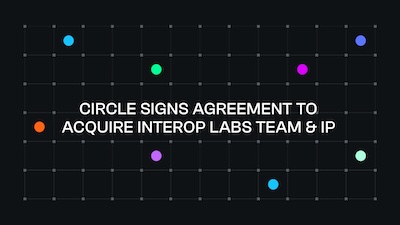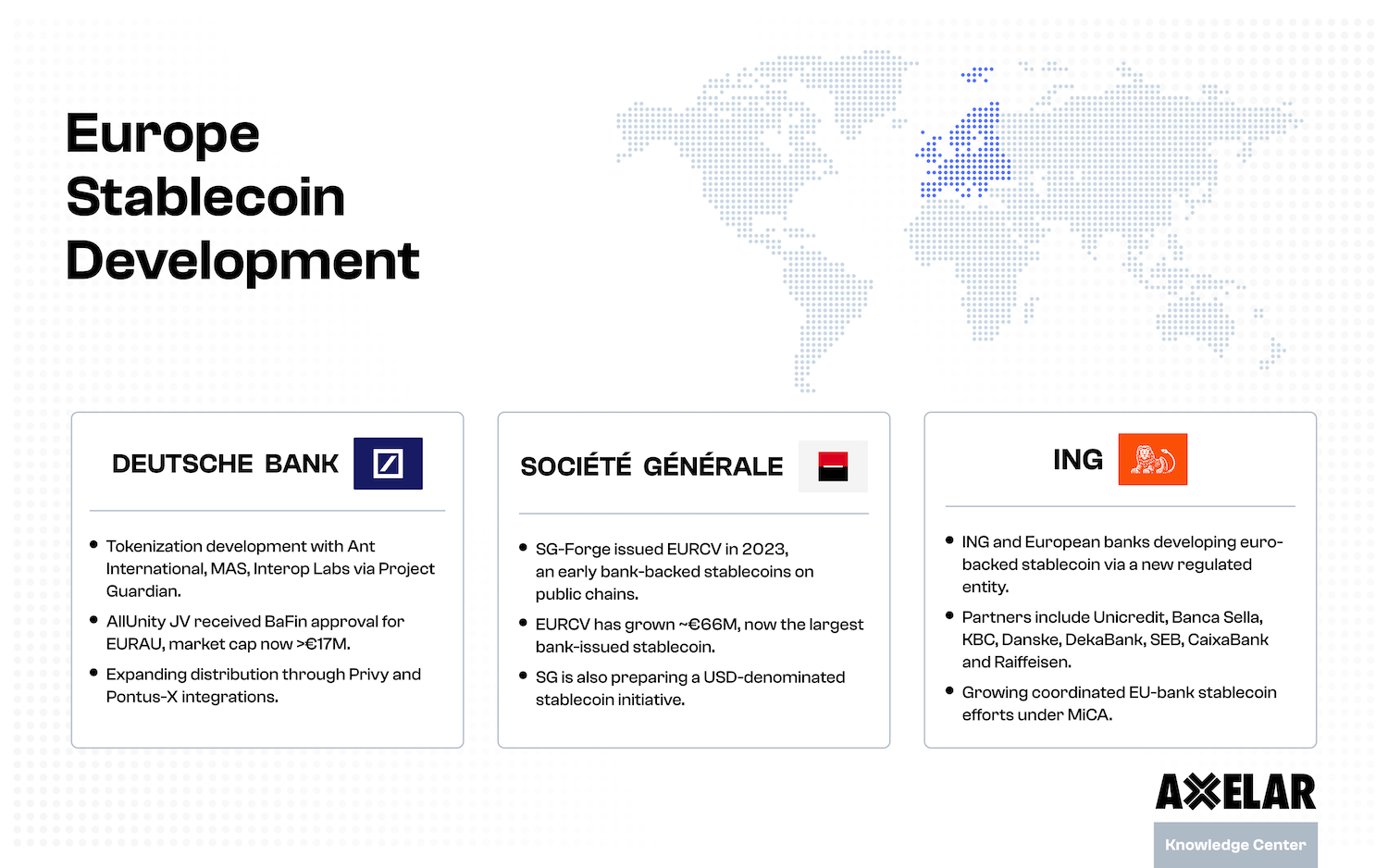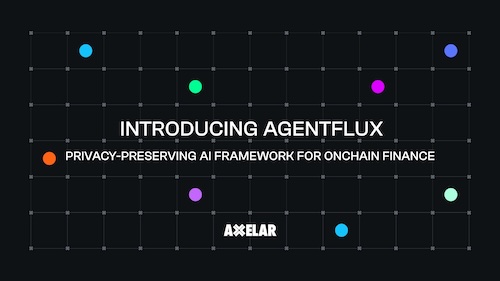How Axelar Keeps you Safe During Emergencies
Table of Contents


When builders and participants in Web3 networks consider what they need to keep their funds safe and secure, factors like decentralization are often important. Network architecture, known as "topology," can be just as critical.
Multichain, a protocol for cross-chain bridging and cross-chain swaps, broke down last week, causing contagion that threatened various cross-chain swap providers. This post will explain how Squid stayed liquid, live and safe — thanks to Axelar's hub-and-spoke network topology, which kept local problems contained.
The problem: pairwise networks & contagion
Here’s what happened: starting last week, liquidity on Multichain (formerly known as Anyswap) froze up. When that happened, Multichain’s wrapped stablecoins, bridged from one chain to another, faced a depeg: their connection to deposits on the native chain were called into question.
This problem affected chains that had large deposits of these wrapped tokens. Through those affected chains, the contagion threatened to spread to other cross-chain swap protocols: depegged wrapped tokens could be traded for native tokens, for example.
As a result, some cross-chain swap protocols had to shut down. That’s because they’re built on pairwise network connections, where each chain connects one-to-one.

In a point-to-point network, each pairwise connection is unaware that the other pairwise connections have been attacked, and so happily makes a cross-chain swap, trade or bridge, accepting depegged stablecoins as payment in a swap for secure stablecoins on other chains.
For pairwise cross-chain swap protocols, that threatens liquidity providers and users. Some swap protocols had to shut down.
The solution: hub-and-spoke
Squid is a cross-chain swap protocol that derives its security from Axelar network. Axelar applies a network topology that is different from pairwise networks: Axelar’s architecture is hub-and-spoke.
This means problems on one connected chain can be contained. If an asset depegs on Chain A, a hub-and-spoke network can isolate the problem to Chain A. A pairwise network can’t do that.
As an analogy, imagine you have to contain a nuclear meltdown, using this control room.
Imagine you have to contain a nuclear meltdown, using this control room.

Now, imagine each of these controls is in a separate room. That’s what it’s like trying to keep funds safe on a pairwise network, when emergencies happen. It’s harder to contain contagion, and in many cases the entire network may need to shut down.
Conclusion: Hub-and-spoke & centralization
Operating from a “hub” may seem like a centralized approach, by nature. It doesn’t have to be.
In Axelar’s case, hub-and-spoke refers to the network topology, not its decentralization. Important functions on Axelar – security, governance and core services like relaying – are built to be permissionless.
While decentralization is a spectrum and a process, Axelar is built on technology that allows that progression toward more complete decentralization to take place. Without permissionless technology at their core, no cross-chain network can claim to be “decentralized” in any degree.
For more on Axelar’s security approach, read “Security at Axelar Core,” by Axelar co-founder Sergey Gorbunov.
For more on the advantages of hub-and-spoke, read “Honk if you Like Hub & Spoke,” by Squid co-founder Fig. (Several of the ideas in this blog post came from this original post, and from this thread.
Curious about cross-chain swaps? Try one on app.squidrouter.com.
Photo of a nuclear power plant control room by Yovko Lambrev, CC BY 3.0.


